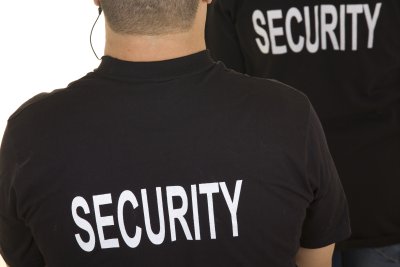Assessing the Need for Security Officer Services
 Deciding the number and types of security officer services needed by an organization is best dictated by a needs assessment. A needs assessment will
answer three important questions:
Deciding the number and types of security officer services needed by an organization is best dictated by a needs assessment. A needs assessment will
answer three important questions:
What assets need to be protected?
What knowledge and skills will security officers need to possess in order to provide effective protection of the assets?
What physical safeguards are needed to complement guard operations?
The first step is to become familiar with the facility under protection. To decide whether 1 or 20 security officers are needed, the components of the facility must be known. Protection of a storage warehouse may require one or two officers while protection of a nuclear storage facility may require 20 officers.
Assets within the facility include employees and everything owned or used by the business. Assets range from mail clerk to Chief Executive Officer and from pencils to high-rise buildings. The needs assessment identifies assets that merit protection. Protection merit is based on:
Importance of the asset to business operations.
Dollar value of the asset.
Replacement of the asset should it be stolen, damaged, or destroyed.
An asset that meets the above three criteria is called a "critical asset". Some assets, such as office supplies, merit very little or no protection at all. Why? Because they are inexpensive and easily replaced at low cost. The same is true of assets, that while of higher value, will not seriously damage the company's business operations. Critical assets are different. If removed from the operation of a business, a single critical asset could have a very serious effect.
A well-designed security program is essential to protecting a company's critical assets. A security program has three components, which are sometimes called the three pillars of security. They are: (1) security officers that protect critical assets, (2) physical security equipment such as fences, lights, and CCTV systems, and (3) written procedures that guide security officers. A needs assessment evaluates the three pillars, and where deficiencies exist, recommends corrective actions.

